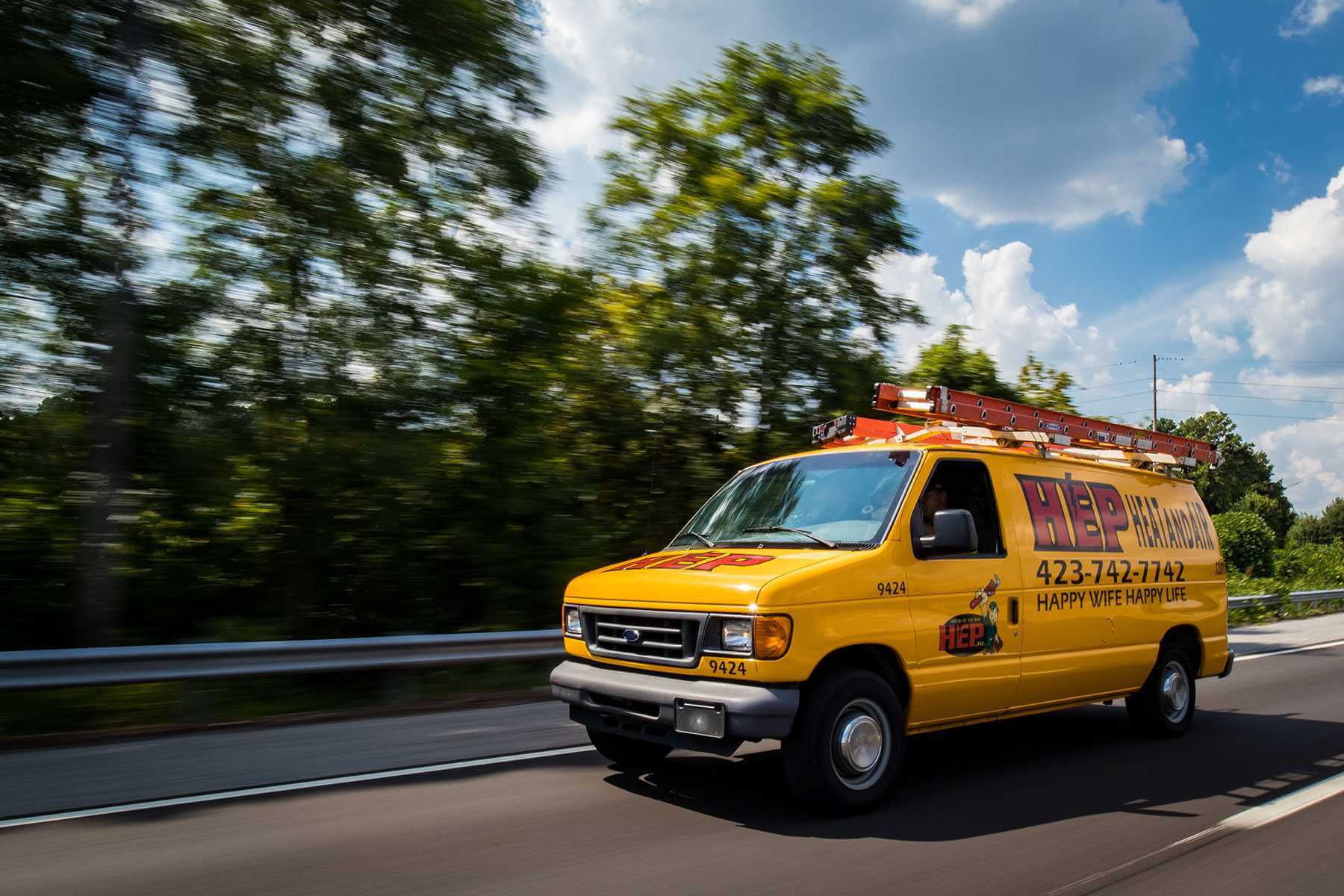

New Construction Rough-ins
Your trusted partner for professional home services. Quality workmanship, guaranteed satisfaction.




- HEP Plumbing
- New Construction Rough-ins
New Construction Rough-ins | Commercial Plumbing | Plumbing | Monterey
From bustling hotels on Cannery Row to innovative tech campuses rising along the bay, HEP keeps Monterey’s newest structures flowing smoothly from day one. Our specialists collaborate with architects, builders, and facility managers to map, size, and install every drain, vent, and supply line before the walls go up—eliminating costly re-routes and delays. We leverage cutting-edge 3D modeling for pinpoint accuracy, comply with the most rigorous California codes, and back each project with seasoned field crews who know local inspectors by name.
Whether you’re breaking ground on a multi-story mixed-use development or expanding a coastal manufacturing plant, HEP delivers the reliability and foresight your timeline demands. Discover how our new-construction rough-ins set the stage for efficient, code-perfect commercial plumbing that performs flawlessly long after the ribbon is cut.
FAQs
What does “rough-in” plumbing mean for a commercial new-build, and what work is actually performed?
A rough-in is the first phase of a commercial plumbing installation. After the slab or framing is complete but before walls and ceilings are closed, our crew sets all supply and waste lines, sleeves through concrete, drain-waste-vent (DWV) piping, roof penetrations, and water main entrances. We stub out every fixture location at the correct height and distance as shown on your construction plans, pressure-test the system, and document everything for inspectors and the trades that follow (electrical, HVAC, fire protection). No fixtures are installed at this stage—that happens during trim-out once finishes are in place.
How do Monterey and California codes affect my commercial rough-in plumbing?
Plumbing rough-ins in Monterey must comply with the current California Plumbing Code (CPC), CALGreen water-efficiency requirements, Title 24 energy standards, and local amendments enforced by the City of Monterey Building & Safety Division. These rules dictate pipe sizing, seismic bracing, approved materials (lead-free brass, low-flow fixtures), backflow prevention, and inspection milestones. We stay current with every code cycle and coordinate with the city inspector so your project passes the mandatory underground and above-ground rough-in inspections the first time.
When should rough-in plumbing be scheduled, and how long will it take?
On most commercial builds the underground rough-in is completed right before the slab pour, and the above-ground rough-in begins once the structure is framed. Duration depends on building size and complexity, but for reference: a 10,000-sq-ft restaurant shell typically needs 3–5 days for underground and 7–10 days for above-ground rough-in. We create a detailed schedule that integrates with your critical path—coordinating sleeves with concrete, delivering materials via boom lifts where framing crews aren’t disrupted, and completing inspections without delaying subsequent trades.
How are costs for commercial rough-in plumbing in Monterey estimated?
Pricing starts with a take-off from your engineered plumbing drawings. We calculate material quantities (copper, PEX, cast iron, cleanouts, carrier systems), identify specialized components (grease interceptors, acid-waste piping), factor labor hours based on union/prevailing-wage rates, add equipment costs (trencher, core drill), permit fees, utility connection charges, and project-specific considerations such as traffic control or after-hours work downtown. You receive a line-item proposal and value-engineering options—e.g., switching from copper Type L to PEX/PRO-PEX in concealed areas—to keep the project on budget without compromising code compliance.
Do I need permits and inspections for rough-in plumbing, and who handles them?
Yes. The City of Monterey requires a plumbing permit for any new commercial construction, plus staged inspections: underground/under-slab, above-ground rough-in, and final. Our licensed C-36 plumbing contractor pulls the permits on your behalf, prepares as-built drawings if needed, and schedules each inspection. A supervisor is on-site with pressure-test reports and material submittals to answer the inspector’s questions, ensuring approvals are obtained quickly so the schedule stays intact.
Can you coordinate with other trades and handle specialized systems during the rough-in phase?
Absolutely. We work closely with your GC, structural steel, electrical, and HVAC teams through BIM coordination or 2-D overlay to avoid clashes in the ceiling plenum. Our crew is certified to install commercial kitchen grease waste lines, fire-service mains, hydronic piping for radiant heating, RO/DI and medical-gas stub-outs, and condensate drains—all during the rough-in window. Coordinating these systems early minimizes costly rework and keeps your Monterey project moving smoothly toward occupancy.